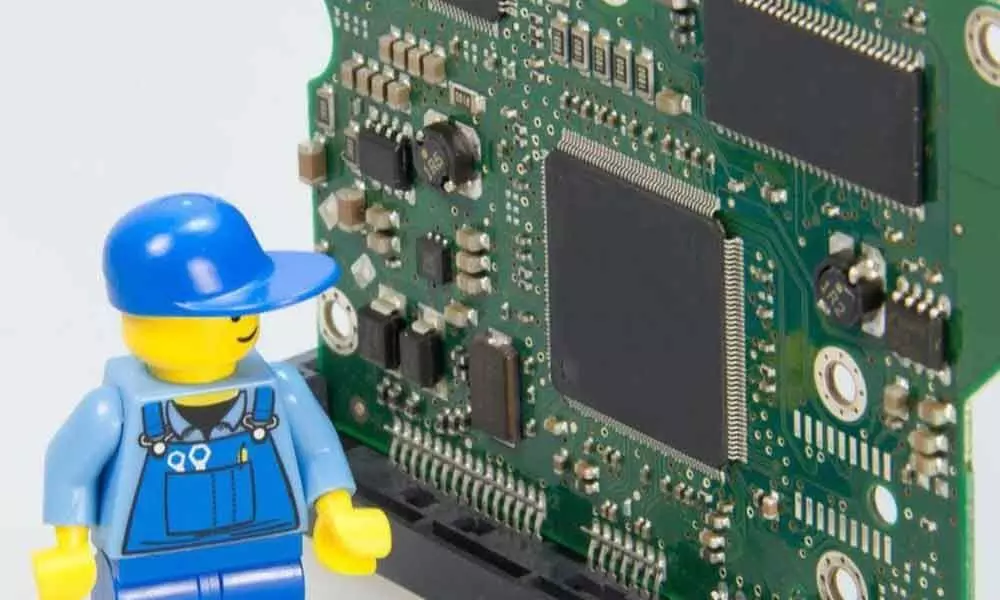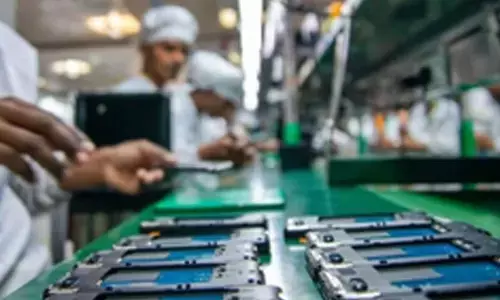Coolest LEGO ever may help develop quantum computers

In a first, scientists have cooled LEGO to the lowest temperature possible in an experiment which reveals a new use for the popular toy, and may be useful in the development of quantum computing.
In a first, scientists have cooled LEGO to the lowest temperature possible in an experiment which reveals a new use for the popular toy, and may be useful in the development of quantum computing.
LEGO is a line of construction toys consisting of colourful interlocking plastic bricks accompanying an array of gears, figurines and various other parts. The pieces can be assembled and connected in many ways to construct objects, including vehicles, buildings, and working robots.
The researchers from Lancaster University in the UK decided to place a LEGO figure and four LEGO blocks inside their "record-breaking" dilution refrigerator. This machine is the most effective refrigerator in the world, capable of reaching minus 273.15 degrees Celsius -- about 200,000 times colder than room temperature and 2,000 times colder than deep space, said Dmitry Zmeev, who led the research published in the journal Scientific Reports. "Our results are significant because we found that the clamping arrangement between the LEGO blocks causes the LEGO structures to behave as an extremely good thermal insulator at cryogenic temperatures," Zmeev said.
"This is very desirable for construction materials used for the design of future scientific equipment like dilution refrigerators," he said. Researchers said the dilution refrigerator, invented 50 years ago, is at the centre of a global multi-billion dollar industry and is crucial to the work of modern experimental physics and engineering, including the development of quantum computers.
The use of plastic structures, such as LEGO, instead of the solid materials currently in use, means that any future thermal insulator could be produced at a significantly reduced cost.
Researchers said the next step is to design and 3D print a new thermal insulator for the next generation of dilution refrigerators.

















